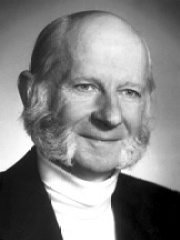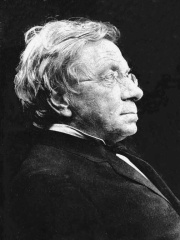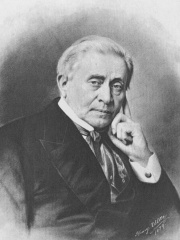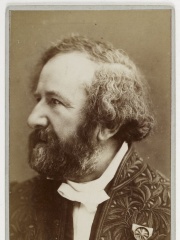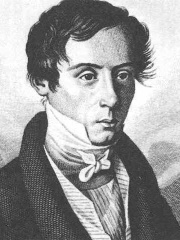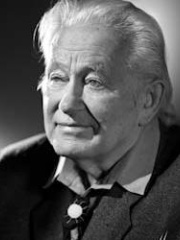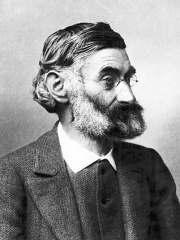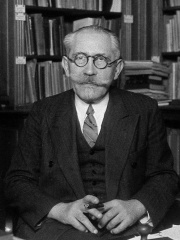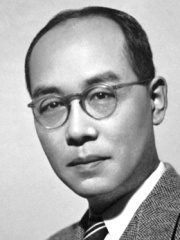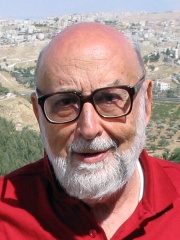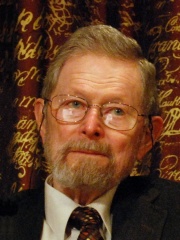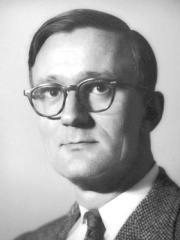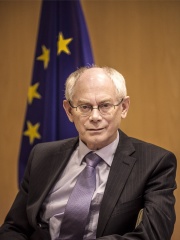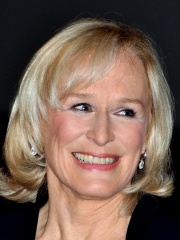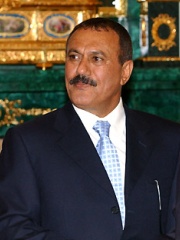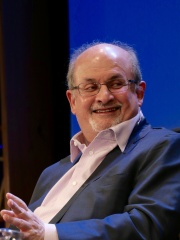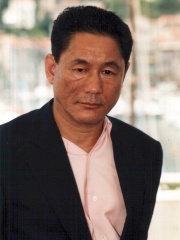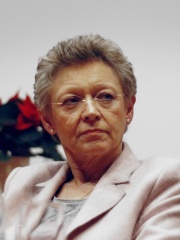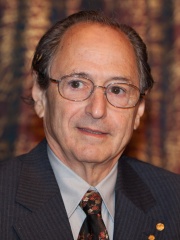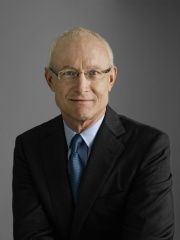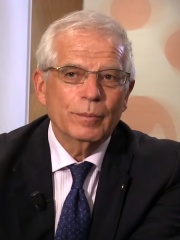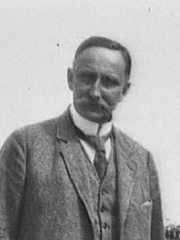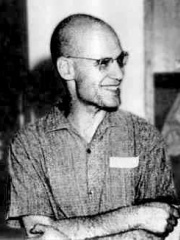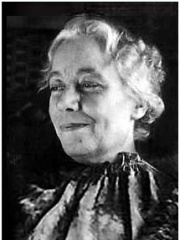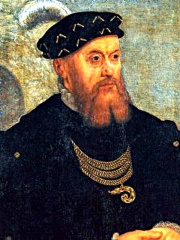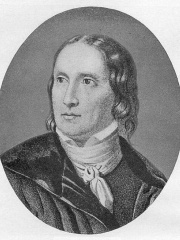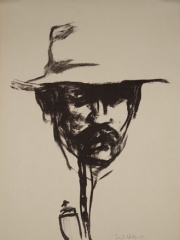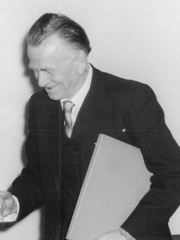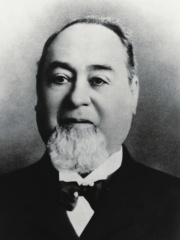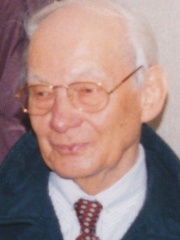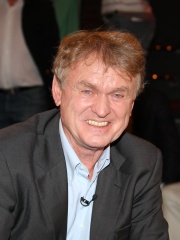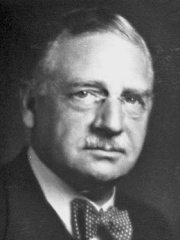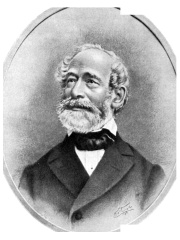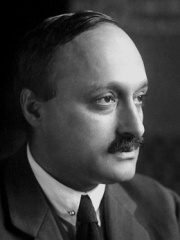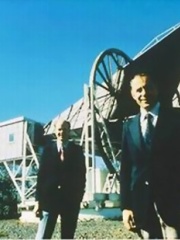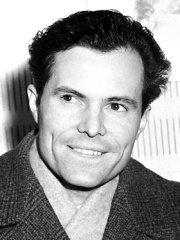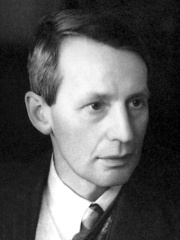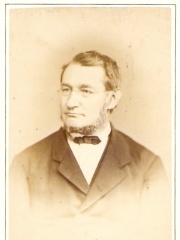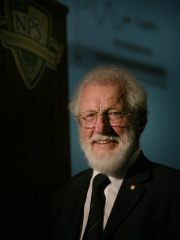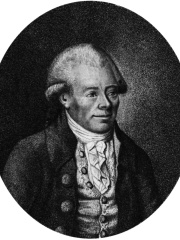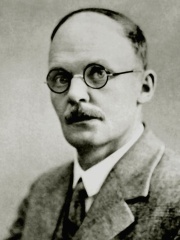Physicist
Gerd Binnig
1947 - Today
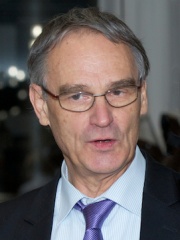
 Gerd Binnig
Gerd Binnig
Gerd Karl Binnig (German pronunciation: [ˈɡɛʁt ˈbɪnɪç] ; born 20 July 1947) is a German physicist. He is most famous for having won the Nobel Prize in Physics jointly with Heinrich Rohrer in 1986 for the invention of the scanning tunneling microscope. Read more on Wikipedia
His biography is available in 72 different languages on Wikipedia. Gerd Binnig is the 165th most popular physicist (up from 167th in 2024), the 425th most popular biography from Germany (up from 563rd in 2019) and the 25th most popular German Physicist.
Gerd Binnig is most famous for his invention of the Scanning Tunneling Microscope.
Memorability Metrics
Page views of Gerd Binnig by language
Among Physicists
Among physicists, Gerd Binnig ranks 165 out of 851. Before him are Hans Georg Dehmelt, Johann Jakob Balmer, Joseph Henry, Hippolyte Fizeau, Augustin-Jean Fresnel, and Georges Charpak. After him are Ernst Abbe, Paul Langevin, Hideki Yukawa, François Englert, George E. Smith, and Polykarp Kusch.
Most Popular Physicists in Wikipedia
Go to all RankingsHans Georg Dehmelt
1922 - 2017
HPI: 73.54
Rank: 159
Johann Jakob Balmer
1825 - 1898
HPI: 73.48
Rank: 160
Joseph Henry
1797 - 1878
HPI: 73.46
Rank: 161
Hippolyte Fizeau
1819 - 1896
HPI: 73.36
Rank: 162
Augustin-Jean Fresnel
1788 - 1827
HPI: 73.35
Rank: 163
Georges Charpak
1924 - 2010
HPI: 73.25
Rank: 164
Gerd Binnig
1947 - Present
HPI: 73.15
Rank: 165
Ernst Abbe
1840 - 1905
HPI: 73.14
Rank: 166
Paul Langevin
1872 - 1946
HPI: 73.08
Rank: 167
Hideki Yukawa
1907 - 1981
HPI: 73.06
Rank: 168
François Englert
1932 - Present
HPI: 73.03
Rank: 169
George E. Smith
1930 - 2025
HPI: 72.94
Rank: 170
Polykarp Kusch
1911 - 1993
HPI: 72.84
Rank: 171
Contemporaries
Among people born in 1947, Gerd Binnig ranks 31. Before him are Herman Van Rompuy, Glenn Close, Robert Kiyosaki, Ali Abdullah Saleh, Salman Rushdie, and Takeshi Kitano. After him are Françoise Barré-Sinoussi, Paco de Lucía, France Gall, Michael Levitt, Michael Porter, and Josep Borrell.
Others Born in 1947
Go to all RankingsHerman Van Rompuy
POLITICIAN
1947 - Present
HPI: 74.69
Rank: 25
Glenn Close
ACTOR
1947 - Present
HPI: 74.65
Rank: 26
Robert Kiyosaki
BUSINESSPERSON
1947 - Present
HPI: 74.54
Rank: 27
Ali Abdullah Saleh
POLITICIAN
1947 - 2017
HPI: 74.46
Rank: 28
Salman Rushdie
WRITER
1947 - Present
HPI: 74.40
Rank: 29
Takeshi Kitano
FILM DIRECTOR
1947 - Present
HPI: 73.76
Rank: 30
Gerd Binnig
PHYSICIST
1947 - Present
HPI: 73.15
Rank: 31
Françoise Barré-Sinoussi
BIOLOGIST
1947 - Present
HPI: 73.09
Rank: 32
Paco de Lucía
MUSICIAN
1947 - 2014
HPI: 73.06
Rank: 33
France Gall
SINGER
1947 - 2018
HPI: 72.97
Rank: 34
Michael Levitt
CHEMIST
1947 - Present
HPI: 72.94
Rank: 35
Michael Porter
ECONOMIST
1947 - Present
HPI: 72.84
Rank: 36
Josep Borrell
POLITICIAN
1947 - Present
HPI: 72.83
Rank: 37
In Germany
Among people born in Germany, Gerd Binnig ranks 425 out of 7,253. Before him are Karl Haushofer (1869), Alexander Grothendieck (1928), Karen Horney (1885), Christian III of Denmark (1503), Friedrich Carl von Savigny (1779), and Emil Nolde (1867). After him are Otto Dix (1891), Levi Strauss (1829), Manfred Eigen (1927), Sepp Maier (1944), Ernst Abbe (1840), and Otto Loewi (1873).
Others born in Germany
Go to all RankingsKarl Haushofer
POLITICIAN
1869 - 1946
HPI: 73.28
Rank: 419
Alexander Grothendieck
MATHEMATICIAN
1928 - 2014
HPI: 73.27
Rank: 420
Karen Horney
PSYCHOLOGIST
1885 - 1952
HPI: 73.22
Rank: 421
Christian III of Denmark
POLITICIAN
1503 - 1559
HPI: 73.19
Rank: 422
Friedrich Carl von Savigny
HISTORIAN
1779 - 1861
HPI: 73.18
Rank: 423
Emil Nolde
PAINTER
1867 - 1956
HPI: 73.18
Rank: 424
Gerd Binnig
PHYSICIST
1947 - Present
HPI: 73.15
Rank: 425
Otto Dix
PAINTER
1891 - 1969
HPI: 73.15
Rank: 426
Levi Strauss
BUSINESSPERSON
1829 - 1902
HPI: 73.15
Rank: 427
Manfred Eigen
CHEMIST
1927 - 2019
HPI: 73.15
Rank: 428
Sepp Maier
COACH
1944 - Present
HPI: 73.14
Rank: 429
Ernst Abbe
PHYSICIST
1840 - 1905
HPI: 73.14
Rank: 430
Otto Loewi
PHYSICIAN
1873 - 1961
HPI: 73.11
Rank: 431
Among Physicists In Germany
Among physicists born in Germany, Gerd Binnig ranks 25. Before him are Carl Zeiss (1816), James Franck (1882), Arno Allan Penzias (1933), Rudolf Mössbauer (1929), George Paget Thomson (1892), and Hans Georg Dehmelt (1922). After him are Ernst Abbe (1840), Polykarp Kusch (1911), Julius von Mayer (1814), Herbert Kroemer (1928), Georg Christoph Lichtenberg (1742), and Hans Geiger (1882).
Carl Zeiss
1816 - 1888
HPI: 74.55
Rank: 19
James Franck
1882 - 1964
HPI: 74.48
Rank: 20
Arno Allan Penzias
1933 - 2024
HPI: 74.19
Rank: 21
Rudolf Mössbauer
1929 - 2011
HPI: 74.03
Rank: 22
George Paget Thomson
1892 - 1975
HPI: 73.90
Rank: 23
Hans Georg Dehmelt
1922 - 2017
HPI: 73.54
Rank: 24
Gerd Binnig
1947 - Present
HPI: 73.15
Rank: 25
Ernst Abbe
1840 - 1905
HPI: 73.14
Rank: 26
Polykarp Kusch
1911 - 1993
HPI: 72.84
Rank: 27
Julius von Mayer
1814 - 1878
HPI: 72.68
Rank: 28
Herbert Kroemer
1928 - 2024
HPI: 72.63
Rank: 29
Georg Christoph Lichtenberg
1742 - 1799
HPI: 72.28
Rank: 30
Hans Geiger
1882 - 1945
HPI: 72.18
Rank: 31
